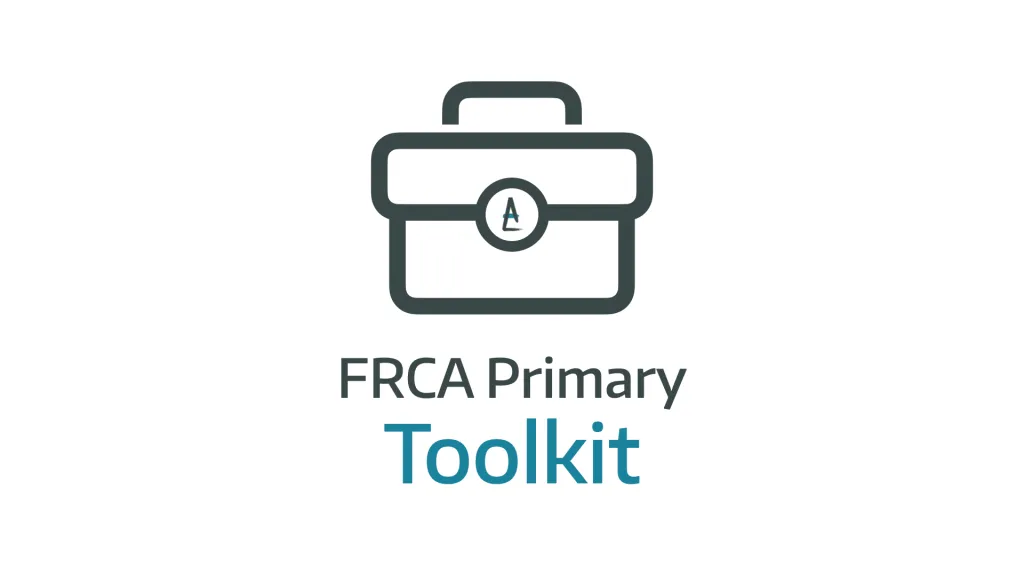Epidural Abscess

Take home messages
- Epidural abscesses are rare but potentially catastrophic
- Wear a mask
- Choose your patients wisely
Bad news
Ask a hundred anaesthetists what complication they fear the most in their line of work, and a decent proportion are going to mention epidural abscess.
This elusive, rare but devastating condition is one of the few true disasters that can occur as a result of anaesthetic intervention, so it's important to understand it sufficiently to:
- Prevent it from happening at all
- Deal with it quickly and effectively when it does
What is it?
Apart from rare and dangerous, it's also quite interesting, because we don't exactly understand how it causes the devastating harm that it does.
As it says on the tin, it's a collection of infective material and pus in the epidural space.
This being a potential space largely consisting of fatty tissue, a few veins and not a whole lot more, isn't such a big deal by itself - it's the neighbours that are the problem.
Being situated inside a closed spinal canal next to the delicate spinal cord, an epidural abscess is thought to cause problems by three main mechanisms:
- Direct compression of the cord
- Thrombosis
- Inflammation
It is damage to the cord itself that causes the disastrous outcomes that we fear so deeply.
However:
There have been cases where cord compression was demonstrated radiologically, but not enough to explain the degree of neurological impairment - including a tetraplegic patient with no evidence of compression at all. Equally there have been patients with complete occlusion of the subarachnoid space with no neurological deficit at all.
Hence we think there must be some other process going on, such as thrombotic spinal infarction by obstructing delicate vessels supplying the cord.
Bit of a mystery really.
Either way, whatever the pathophysiology, it doesn't change your approach.
How does it happen?
Infection somehow needs to track into the generally well-protected epidural space. Obviously this protection is rather compromised by shoving a 16G Tuohy needle into the area, and hence infection can be introduced by several means:
- Contaminated needle
- Contaminated catheter
- Contamination of the skin and tracking along catheter
- Contaminated syringe or local anaesthetic solution
Then of course you can have the non-anaesthetic abscesses that 'just happen', often seeded from infection elsewhere in the body.
What causes it?
The most common infective agent is Staph Aureus, but as always, it can be any microorganism that will happily flourish in a warm pool of human blood, as it's usually an infected haematoma that sets the whole thing off:
- Staph epidermidis
- Strep pneumoniae
- Strep pyogenes
- Aspergillus and other fungi
- Mycoplasma
Given the incredibly low incidence of epidural abscess, and the very real problems associated with handing out co-amox like skittles, it would probably be silly to give prophylactic antibiotics for insertion of an epidural catheter, however when surgical prophylaxis is given that covers Staph Aureus, you pretty much never see an epidural abscess form.
How to spot it
The triad is also a heap of rubbish, as only 13% of patients with epidural abscesses actually present with it.
- 75% have back pain
- 66% have a fever or raised white cell count
- Neurological compromise is a late sign and starts to signal a terrible outcome
By the time you're seeing substantial muscle weakness, only 20% will regain full neurological function, and that's with surgical intervention.
You need a high index of suspicion
Much like pulmonary embolism, epidural abscess needs to be a diagnosis you actively consider and rule out in a patient who is at risk, rather than one that is going to jump out at you.
- Poorly controlled diabetic
- Had a spinal two days ago for knee replacement
- Generally unwell with a temperature
- Sore back
Alarm bells should be ringing.
Even outside the context of a central neuraxial procedure, it's a diagnosis that can catch you out if you're not paying attention:
- IV drug user
- Fever
- Urinary retention
This patient had a spontaneous epidural abscess at C5 which was only spotted thanks to a quick thinking ED doc.
Take a look at this interesting case study of a 94 year old with an enormous spontaneous epidural abscess if you're interested.
Risk factors
So who's most likely to get an epidural abscess, you ask?
This essentially boils down to 'who is at risk of infection' with some spinal-specifics thrown in as well:
- Active infection, be that localised or systemic
- Spinal pathology with structural or functional dysfunction
- Immunocompromise - HIV, steroids, DM, pregnancy, malignancy
- Epidural left in situ for a long time
- Other indwelling lines (vascaths, central lines)
- Bloody tap or tricky epidural - a haematoma is a perfect reservoir for bacteria to grow
How to diagnose it
The gold standard investigation for epidural abscess is MRI.
Of course you're going to do other stuff first such as bloods and cultures with sensitivities, but as soon as you suspect an epidural abscess, they need scanning right away.
Time is ticking.
Should I do a lumbar puncture?
Absolutely not.
- It will tell you nothing useful
- You risk spreading or seeding further infection into the subarachnoid space
- There is a 14% chance of coning
Stay away.
What to do about it?
So of course we go through the motions as we always do with our ABC resuscitation but let's cut to the chase - an epidural abscess needs two things as soon as possible:
- IV antibiotics - for up to 12 weeks
- Neurosurgical decompression (usually)
Even then the outcomes aren't great.
Mortality is lower nowadays at less than 10%, but the morbidity is huge.
"One survey of patients who received surgical intervention for epidural abscess revealed that of the seven patients who were paralysed before surgery, five died and two were paralysed permanently. Of the eleven patients who had only some neurological deficit, only three made a full recovery."
Prevention
Clearly prevention is going to be better than trying to fix the problem, so your efforts should probably focus on stopping it from happening in the first place.
How to prevent an epidural abscess
- Select your patients carefully - poorly controlled diabetic with metalwork in the back, raised wcc and a temperature, maybe don't go digging in their spine?
- Meticulous sterile technique, particularly wearing a mask*
- 0.5% chlorhexidine in 70% ethanol is bactericidal in 15 seconds
- Allow it to dry to prevent adhesive arachnoiditis
- Dress it carefully
- Avoid disconnections
- Closed pump system with epidural filter
*In one case study, the isolated causative organism was also isolated from the nasal passage of the anaesthetist performing the procedure.
Yikes.
Long story short
Here's what you need to take away from the evidence:
- Choose your patients wisely
- Use meticulous sterile technique and wear a mask
- Leave the catheter in for as short a time as possible
- Monitor carefully with a high index of suspicion
And you should be just dandy.
Useful Tweets and Resources
Did you know Pneumorrhachis refers to air in the spinal epidural space and occurs from skull & spinal fractures, epidural abscess, epidural anaesthesia, lumbar puncture, & traumatic pneumothorax and pneumomediastinum. Take a look. pic.twitter.com/GwMe32CwnI
— Oren Gottfried, MD (@OGdukeneurosurg) April 23, 2023
New in @NeurosurgeryCNS, the @jwyoonspine lab performed an endoscopic-assisted evacuation of a lumbar epidural abscess.
— Penn Neurosurgery (@PennNSG) January 10, 2024
This included Yohannes Ghenbot, MD, John Arena, MD, Connor Wathen, MD, @hsacahmad, @dakshc99, Kevin Bryan, and Caroline Paik.
➡️ https://t.co/ACbdRN8rRz pic.twitter.com/ng5Y3wo9ko
References and Further Reading






Primary FRCA Toolkit
While this subject is largely the remit of the Final FRCA examination, up to 20% of the exam can cover Primary material, so don't get caught out!
Members receive 60% discount off the FRCA Primary Toolkit. If you have previously purchased a toolkit at full price, please email anaestheasier@gmail.com for a retrospective discount.

Discount is applied as 6 months free membership - please don't hesitate to email Anaestheasier@gmail.com if you have any questions!
Just a quick reminder that all information posted on Anaestheasier.com is for educational purposes only, and it does not constitute medical or clinical advice.
Anaestheasier® is a registered trademark.


